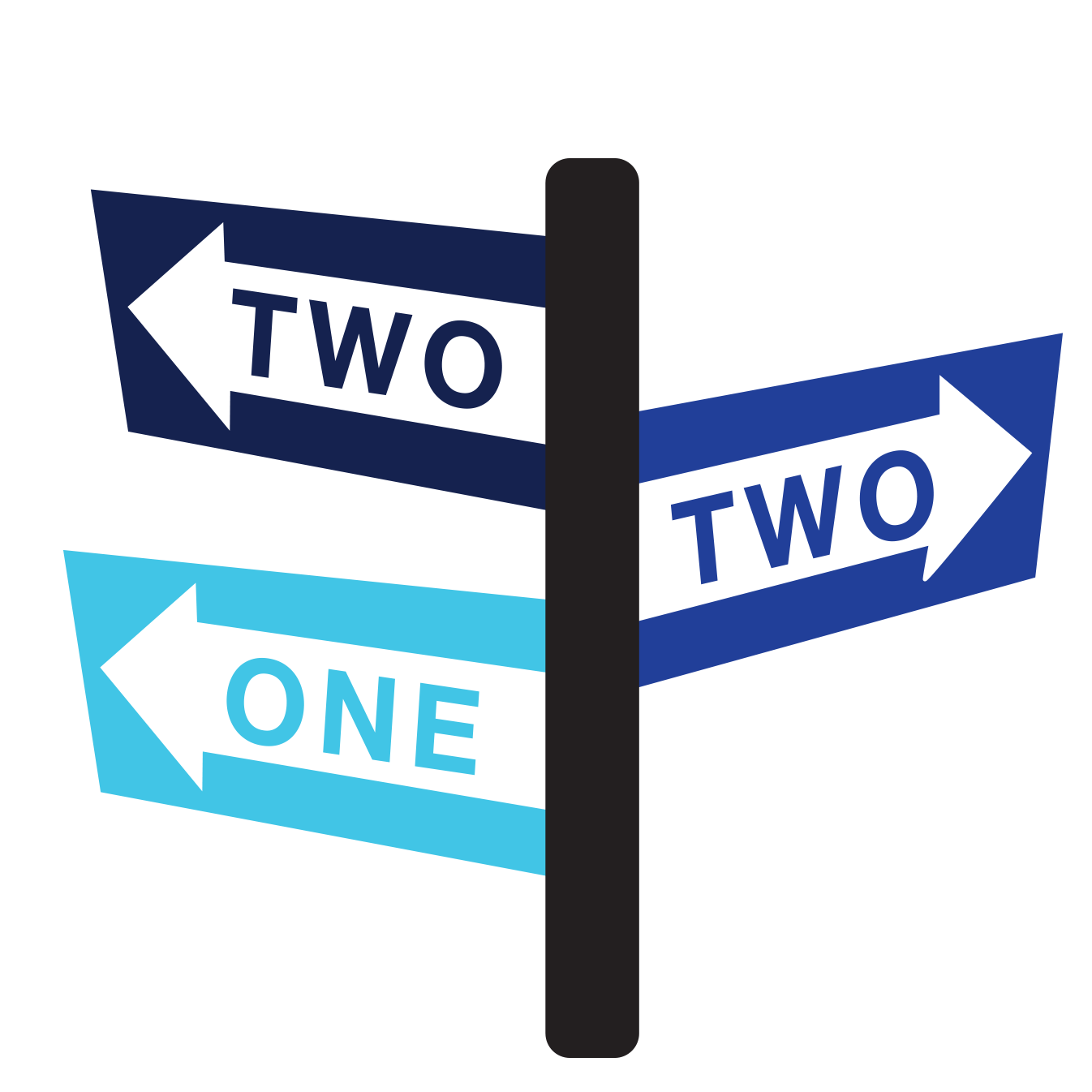Humans and Animals as Observed in C.S. Lewis’ The Lion, the Witch, and the Wardrobe
Pand Milo reshapes the way we think about C.S. Lewis' classic children's story, The Lion, the Witch, and the Wardrobe.
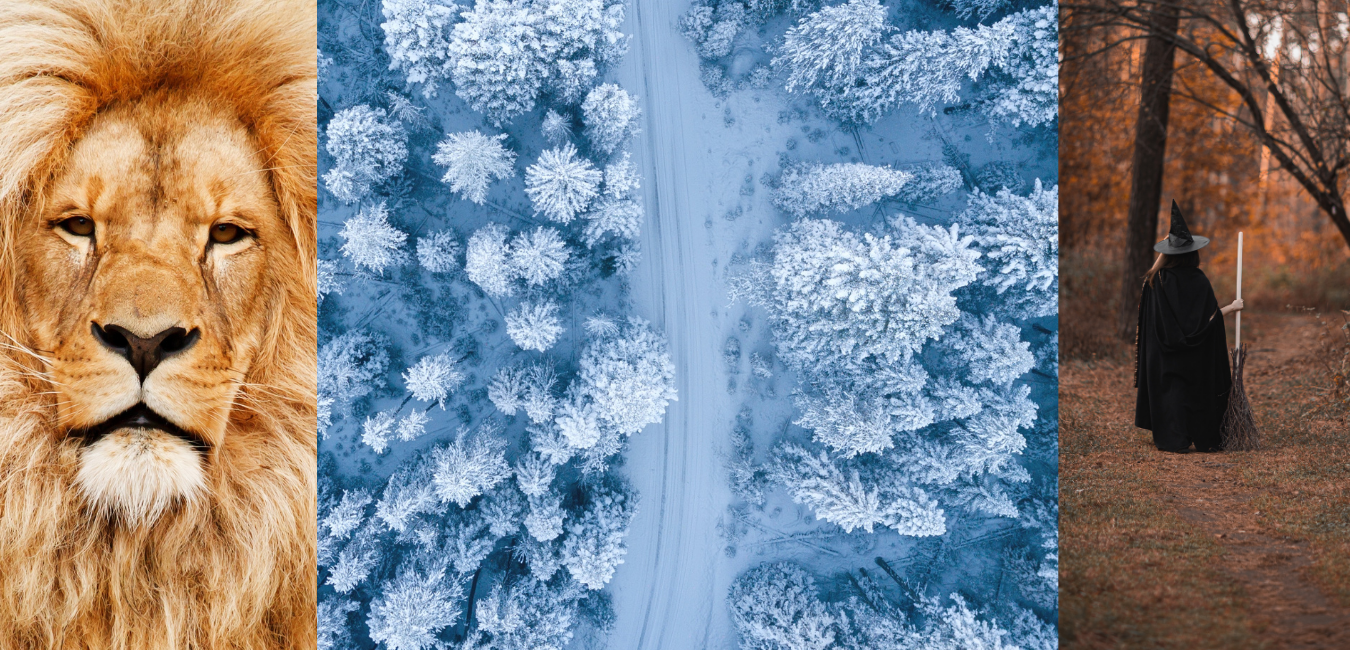
The Lion, the Witch, and the Wardrobe by C.S. Lewis, originally published in 1950 with British publisher Geoffrey Bles, is at surface level a story about a group of children who discover a magical land called Narnia. Narnia is filled with talking animals who believe the children will fulfill a prophecy freeing the inhabitants of Narnia from the evil reign of the White Witch. A closer look at Lewis’ novel however, reveals that the animals have classist human characteristics, shifting the narrative from a surface level read to an examination of the text using an ecocritical lens. I will be focusing on specific characters in the lower and middle class sections to showcase how the novel places specific British, classist traits onto animal characters. For the lower class, I will be taking a look at the wolf and reindeer characters. For the middle class I will be looking at Mr. Tumnus, a faun, and Mr. and Mrs. Beaver who are both beavers. As a result of looking at the text from an ecocritical lens, there is much which can be uncovered about the placing of distinct classist, British characteristics onto the animal characters featured in the novel.
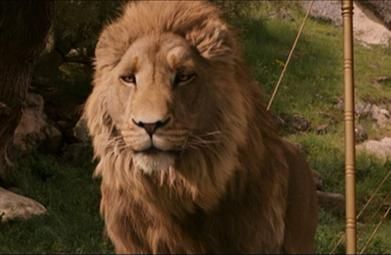
The connection between humans and animals is nothing new. In his book Animal Theory: A Critical Introduction, Derek Ryan takes a look at theories concerning animals with his first chapter, delving into a psychoanalytic analysis of animals through the lens of humans. In Thinking Animals: Animals and the Development of Human Intelligence, Paul Shepard spends a whole chapter discussing the correlation between associating animals with people and people with animals. Val Plumwood in her piece “Decolonizing relationships with nature” and Rob Nixon in his piece Slow Violence both examine through an ecocritical lens how animals are impacted by humans and how animals are viewed in relation to humans. There are many novels prior to Lewis’ featuring animals with human characteristics. Winnie-the-Pooh by A.A. Milne, Beatrix Potter’s The Tale of Peter Rabbit, The Wonderful Wizard of Oz by L. Frank Baum, and Alice’s Adventures in Wonderland by Lewis Carrol, all feature animals with human traits and characteristics. In Lewis’ novel, the animals are given specific human characteristics with a hierarchy similar to the British class system. There are lower class animals who serve the White Witch, and a middle class who have their own homes and are not living a life of servitude. The middle class does however look up to a higher class, such as the White Witch or Aslan. By focusing on the middle and lower class characters, the British classist nature of the characters and their role in the novel is displayed.
The distinction between the middle class characters and the lower class characters extends further than just the ways in which both sets of characters solidify the anthropocentric nature of the novel. As often found in fantasy children’s literature, the plot revolves around there being a good and a bad side, around heroes and villains. In the case of Lewis’ novel, the White Witch and those in servitude to her - the wolves and the reindeer - are on the bad side while the children, the middle class characters, and the upper class characters are on the good side. The lower class characters convey more animal traits while the middle class convey more human traits. The lower class are in servitude to the bad side while the middle class and the higher class, maintaining their free will, choose to be on the good side. All these aspects of the lower and middle class animal characters in the novel present a viewpoint on the British class system and on humanity’s view on animals.
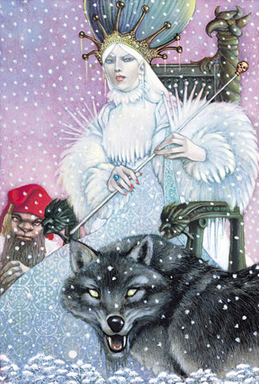
Before diving into the British middle and lower class characters, it is important to note that not all the animal characters express human characteristics but the animal characters that do not express human characteristics still have a place in the hierarchy presented in the novel. The reindeers are an example of a character that does not express human characteristics but still has a place in the classist hierarchy of the novel. The White Witch, at different points throughout the novel, rides in a carriage pulled by a team of reindeers. The reindeers are described in the following way:
The reindeer were about the size of Shetland ponies and their hair was so white that even the snow hardly looked white compared with them; their branching horns were gilded and shone like something on fire when the sunrise caught them. Their harness was of scarlet leather and covered with bells... the dwarf pulled the reindeer up so sharp that they almost sat down. Then they recovered themselves and stood champing their bits and blowing. In the frosty air the breath coming out of their nostrils looked like smoke (Lewis 31-32).
The reindeer are depicted as animals, with the text pointing out details such as their horns and their harnesses. The reindeer are compared to “Shetland ponies” (Lewis 31) to highlight the animalistic role of the character. These reindeer have no dialogue throughout the novel and are only mentioned as the animals pulling the carriage to get the White Witch to where she needs to be. The reindeer are in the lower class of the apparent British hierarchy in the novel despite not having human characteristics, as they are never given a chance to speak and their only function in the novel is to serve the White Witch.
Mr. Tumnus is the first inhabitant of Narnia to be introduced in the novel and the first example of a character with British middle class traits. He is a half human and half goat creature and is referred to as a faun. The novel describes the physical appearance of Mr. Tumnus, depicting both his human and goat half, as such:
From the waist upward he was like a man, but his legs were shaped like a goat’s (the hair on them was glossy black) and instead of feet he had goat’s hoofs. He also had a tail, but Lucy did not notice at first because it was neatly caught up over the arm that held the umbrella so as to keep it from trailing in the snow. He had a red woolen muffler round his neck and his skin was rather reddish too. He had a strange, but pleasant little face, with a short pointed beard and curly hair, and out of the hair there stuck two horns, one on each side of his forehead. One of his hands, as I have said, held the umbrella: in the other arm he carried several brown-paper parcels (Lewis, 10).
In appearance, Mr. Tumnus has quite a balance of goat and human characteristics. However in his actions and his living area Mr. Tumnus expresses British, middle class characteristics. He invites Lucy into his home, which is described as: “a little, dry, clean cave of reddish stone with a carpet on the floor and two little chairs... and a table and a dresser and a mantlepiece over the fire and above that a picture of an old Faun with a gray beard. In one corner there was a door which Lucy thought must lead to Mr. Tumnus’s bedroom, and on one wall was a shelf full of books” (Lewis, 14-15).
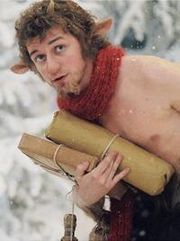
The interior of Mr. Tumnus’ cave is reminiscent of the type of home a British, middle class human would have. He then prepares food for Lucy that is not so much what a mythical faun would prepare but more along the lines of what a British middle class person might prepare; tea, different kinds of toast, eggs, cake, etc. By placing such a vast amount of middle class British traits onto Mr. Tumnus, Lewis dismisses the nature-centric mythological history of the faun. Lewis domesticated Mr. Tumnus by replacing the history of the faun as a woodland creature with that of a British, middle class human.
Mr. Beaver and Mrs. Beaver are two other characters who have British middle class characteristics. Mrs. Beaver is introduced as “a kind-looking old she-beaver sitting in the corner with a thread in her mouth working busily at her sewing machine” (Lewis, 72). Like a human, Mrs. Beaver is depicted at a sewing machine and later on she also cooks in her oven, pours a jug of beer for Mr. Beaver, and cuts some bread for them to all eat. The Beavers own fishing nets and sacks so that Mr. Beaver may go out and get fish for dinner. The girls and Mrs. Beaver prepare dinner in the way a human would, not two beavers. The most animal-like quality of Mr. Beaver is when he fishes with his paws, and yet beavers do not hunt for fish in such a fashion because they do not eat fish at all. Beavers eat plants, yet in Lewis’ novel the two beaver characters are depicted as eating fish, bread, and beer. The children and the beavers entire meal is that of a British middle-class household: “... a jug of creamy milk for the children (Mr. Beaver stuck to beer) and a great big lump of deep yellow butter in the middle of the table from which everyone took as much as he wanted to go with his potatoes ... good freshwater fish ... a great and gloriously sticky marmalade roll ... when they had finished the marmalade roll the tea was made and ready to be poured out.” (Lewis, 74) The potatoes, the butter, and the tea are all distinctly European food, with the marmalade being distinctly British. Like Mr. Tumnus, the food Mr. and Mrs. Beaver eat reflects the meal of a British middle-class household and thus contributes to the evidence of Mr. and Mrs. Beaver reflecting traits of British middle class humans. The beaver characters are given more human characteristics than animal, and even when the beavers are given animal characteristics they are inaccurate to the beaver as a genus.
Lewis’ novel imposes the human concept of heteronormativity on the two beaver characters. Mrs. Beaver takes the heteronormative role of a wife by being the one to sew and prepare dinner while Mr. Beaver takes the heteronormative role of husband by being the one to provide the dinner. Mrs. Beaver is even referred to as a “she-beaver” (Lewis, 71) when her character is introduced and at no point is Mr. Beaver referred to as a he-beaver. There is no need to utilize the term she-beaver to describe Mrs. Beaver, especially when she is already given the title of Mrs. to allow the reader to know that she is a female beaver. The titles Mr. and Mrs. place two distinct gender roles onto the beavers by referring to the male beaver as Mr. and the female beaver as Mrs. Heteronormativity is a man-made social construct and is not inherent in animals. Gender is a human concept in comparison to sex of which can be applied to all creatures. The heteronormative gender roles placed upon Mr. and Mrs. Beaver are just another example of how these two characters are more human than animal in Lewis’ novel.

The lower class animal characters express more animalistic traits than human traits and are presented as in servitude to the White Witch. The wolves in the novel are one of the lower class characters in servitude to the White Witch. One wolf is described in the following way when first introduced in the novel: “Instantly the huge creature rose, with all the hair bristling along its back, opened a great, red mouth and said in a growling voice...” (Lewis 98). The wolf is associated with a multitude of animalistic, wolf-like traits. The bristling hair, the red mouth, and the growling voice are all characteristics indicative of an animal. He is even at one point described as “like an enormous dog” (Lewis 113). The wolf speaks English like a human in the same way as the other characters do, with this being one of the few human characteristics the wolf does have. The wolf is described as “the gray wolf, Maugrim, the Chief of the Witch’s Secret Police” (Lewis 98), thus conveying how the wolf is in servitude to the White Witch but also has the human, British title of being chief of a secret police. His function throughout the book, in the few parts in which he is mentioned, are in relation to his service to the White Witch. The wolf also is given a name, Maugrim, but is rarely if ever referred to as Maugrim. Often, he is called “Wolf” in comparison to the middle class characters, Mr. Tumnus and Mr. and Mrs. Beaver, who are almost always referred to by their name and title. The distinction between the middle class and lower class characters lies in the lower class having more animalistic characteristics in comparison to the middle class.
Characters with more human traits, like Mr. Tumnus and Mr. and Mrs. Beaver, are on the good side of the narrative’s plot while characters like the wolf are on the bad side. This in part can be attributed to the history of how certain animals are treated in literature. For example, the wolf has a history of being portrayed as evil and aggressive in literature, furthered by the “Big Bad Wolf” stereotype found in multiple early fables. However, by making the wolf have more animal traits and characters like the beavers have more human traits, Lewis is not just feeding off the literary history, but is creating a bigger message behind the connection between humans and animals. Humans have free will while animals do not, and the animals are on the bad side for their lack of free will. The novel places the complexity of humans as superior to the individual, unique traits of animals by placing the complex, free willed characters with more human traits on the good side and the characters with more animal traits who are meant to be in service to another being on the bad side. The novel purposefully places characters with human characteristics on the good side and characters with animal characteristics on the bad side to further the notion that humans are superior to animals.
By the middle class characters having their own free will while the lower class characters are meant to serve the White Witch, Lewis’ novel plays into the way Val Plumwood discusses instrumentalism in her piece “Decolonizing relationships with nature.” Instrumentalism as described by Val Plumwood is when the “other” is meant to serve and in the case of Lewis’ novel, the “other” would be the lower class, animal characters who serve the White Witch. When Val Plumwood discusses instrumentalism she states, “In anthropocentric culture, nature’s agency and independence are denied, subsumed in, or remade to coincide with human interests, which are thought to be the source of all value in the world” (Plumwood, 59). Lewis displays the purpose of the lower class to be in servitude to others while the middle class does have a semblance of free will but still looks up to the upper class for answers and aid. The instrumentalism within Lewis’ novel both keeps human as superior to animals and furthers the characters being placed in a hierarchal, classist system reminiscent of the British class system.
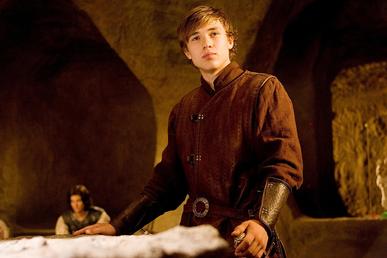
The role of the children in Narnia as humans who enter a land that is not theirs and who then can be placed in the class system of Narnia is also of relevance to this paper. When discussing the connection between humans and animals in a Eurocentric, classist work it would be wrong to ignore the clear human, British protagonists. The children enter this world which is not their own, are wanted dead by the White Witch for being human, but are admired by many of the other animal characters as heroes to complete a prophecy meant to free the people of Narnia from the White Witch. The humans are praised by the animal characters as heroes which they become as the story progresses. The children start by interacting with the middle class characters, who they ultimately align themselves with. The children then become the kings and queens of Narnia after defeating the White Witch, raising their status in Narnia from middle class to upper class. The humans are the only characters in Narnia who can rise in class status; all the animal characters by the end of the novel maintain the same class status they had at the beginning of the novel. The children’s ability to move about in such a structured class system while the animals remain stagnant furthers the anthropocentric nature of the novel by allowing the purely human characters to rise up in class but not the animal characters.
The children’s role as British humans with the ability to rise in class also relates to the Eurocentrism in the novel. Lewis creates a fantasy in which his world-building could be based on a variety of already existing countries and mythologies from various cultures, and yet the world of Narnia remains Eurocentric and particularly British. Jamaica Kincaid in her piece A Small Place, puts it best when she states, “I can say to them what went wrong: they should never have left their home, their precious England, a place they loved so much, a place they had to leave but could never forget. And so everywhere they went they turned it into England; and everybody they met they turned English. But no place could ever really be England, and nobody who did not look exactly like them would ever be English...” (Kincaid, 24). While Kincaid is speaking on the British colonial system as a whole, her statement still applies in that the British look for Britain everywhere they go, and this is reflected not only in the areas of the world which have been affected by British colonialism but also in the fantasy genre. By making a fantasy world so clearly based on British culture, the British people, and the British class system and by not branching out to include more diverse or unique characters from other areas of the world, Lewis creates a Eurocentric fantasy world and thus a Eurocentric novel.
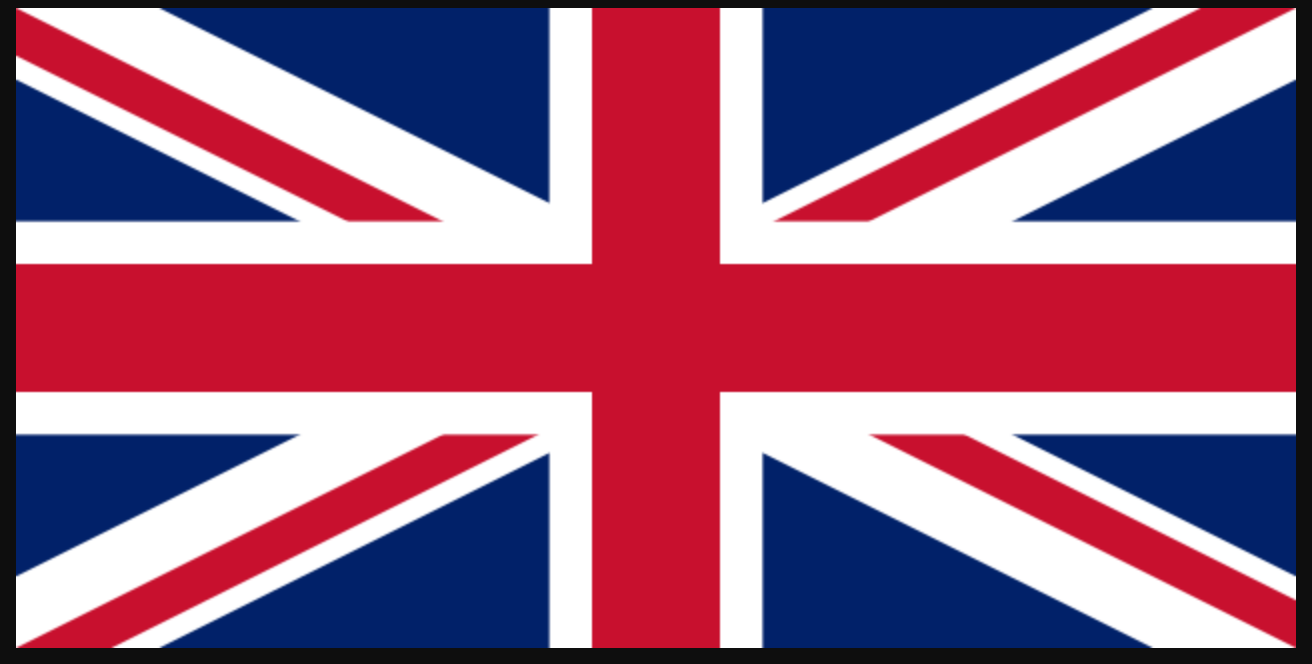
Lewis’ target audience may have been British middle class children, and as an author who lived and died in Britain, it makes sense for his writing to reflect a British viewpoint. Children’s literature in particular focuses on the children’s ability to relate to what they are reading. Maria Nikolajeva in her piece, “The Identification Fallacy: Perspective and Subjectivity in Children’s Literature,” states, “In my thirty year career in children’s literature, I have repeatedly and in various situations encountered the firm belief that young readers should be encouraged to ‘identify’ themselves with one of the characters, normally with the protagonist... Students of children’s literature warmly embrace texts that offer identification objects” (Nikolajeva, 188).
The children reading The Lion, the Witch, and the Wardrobe are going to search for themselves in the story, particularly in the protagonists and with the characters on the good side, and Lewis provides a very distinct idea of what is considered good. By taking a fantasy land and making the good characters resemble the human, British middle class and the bad characters resemble an animal-like, British lower class, Lewis is providing readers with a classist, anthropocentric and Eurocentric perspective. The significance of taking a look at how the animal characters showcase human characteristics lies in Lewis’ target audience being so subjected to seeing themselves in the text. The good characters are human, British, and middle class which conveys to the children reading that the characters worthy of identifying with are British, middle class humans. C.S. Lewis' The Lion, the Witch, and the Wardrobe places British, classist characteristics onto the animal characters of the novel and by doing so enforces anthropocentrism and eurocentrism onto impressionable young readers who look to identify with the text.
Bibliography
Kincaid, Jamaica. A Small Place. Farrar, Straus, and Giroux, 1988.
Lewis, C.S. The Lion, the Witch, and the Wardrobe. HarperCollins, 1950.
Nikolajeva, Maria. “The Identification Fallacy: Perspective and Subjectivity in Children’s Literature.” Telling Children's Stories: Narrative Theory and Children's Literature, edited by Mike Cadden, University of Nebraska Press, Lincoln; London, 2010, pp. 187–208. JSTOR, www.jstor.org/stable/j.ctt1dfnsch.16. Accessed 13 May 2020.
Nixon, Rob. Slow Violence and the Environmentalism of the Poor. Harvard University Press, 2011, pp. 1-44.
Plumwood, Val. “Decolonizing relationships with nature.” Decolonizing Nature: Strategies for Conservation in a Post-colonial Era, Earthscan Publications Ltd, pp. 51-78.
Ryan, Derek.“Animals as Humans.” Animal Theory: A Critical Introduction, Edinburgh University Press, Edinburgh, 2015, pp. 22–49. JSTOR, www.jstor.org/stable/10.3366/j.ctt1g0b6tc.5. Accessed 13 May 2020

Working on her bachelor’s in English with concentrations in Creative Writing and Literature & Media. Since Pand believes in the future of twotwoone, she has returned for a second semester to further work on the journal. She plays tabletop role-playing games and knits in her spare time. Pand plans to enter the publishing field after finishing her bachelor’s degree.
